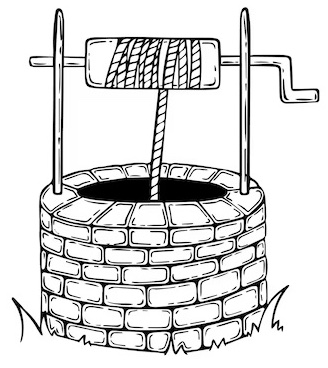Analogue Gravitation and Cosmology
Room 13—23.210 (access via the second floor of tower 23)
LKB à Paris
SCIENTIFIC THEMES:

In order to gauge the level of interest in a “Transverse Task Force” of the GDR COPHY (https://gdrcophy.in2p3.fr), we propose to organize a workshop on the theme of Analogue Gravity and Analogue Cosmology on November 8 and 9, 2023 at the LKB (Jussieu) in Paris. Analogue Gravity/Cosmology is an ever-expanding field that is experiencing continued success. Indeed, numerous field theory phenomena have been experimentally observed in the laboratory using analogue systems. We may cite three examples:
- Surface waves on inhomogeneous flows provide an historic example of an analogue system, in which the Hawking effect, rotational superradiance, and wormhole traversal have been observed in the laboratory. Institut Pprime is currently looking at the black hole laser effect based on their observation of the Hawking effect. Several new devices are being studied to mimic cosmological phenomena, such as the creation of particles during an inflationary phase, or the merging of analogue galaxies.
- Atomic Bose-Einstein condensates represent another historic platform for Analogue Gravity. The team at Institut d’Optique have used a modulated condensate to mimic and observe certain aspects of preheating physics. Recently, new theoretical developments have accompanied the development of a new experiment which should make it possible to highlight the quantum statistics of the emission in the system.
- Quantum fluids of light constitute a new platform for the quantum simulation of fields in curved space-time, allowing the observation of quantum statistics of fields in a finely controlled geometry. Two experiments are underway at the Kastler Brossel Laboratory, where black hole geometries of the Kerr and Schwarzschild type are studied and where it was recently shown that it is possible to excite, with vacuum fluctuations, the quasi-normal modes of the quantum field. Attempts to observe this effect are currently underway.
The task force will strengthen the links between different Analogue Gravity/Cosmology groups by creating a formal discussion forum, and will facilitate the exchange of doctoral students and post-docs, the organization of conferences, the preparation of grant proposals, etc. In addition, the increased proximity with the GDR COPHY theory groups will make it possible i) to bring the tools of relativity to the attention of condensed matter physicists, and ii) to make results of experiments known to the high-energy community.
The workshop will take place at the Jussieu campus: Sorbonne University, 4 Place Jussieu, 75005 Paris (metro stop “Jussieu”, on lines 7 and 10). Room 13—23.210 (access via the second floor of tower 23).
ORAL PRESENTATIONS:
- Tangui Aladjidi (Laboratoire Kastler-Brossel, Paris)
- Alessia Biondi (Università di Pisa)
- Alexis Bossard (Institut Pprime, Futuroscope)
- Giorgio Ciliberto (LPTMS, Orsay)
- Victor Gondret (Institut d'Optique, Orsay)
- Maxime Jacquet (Laboratoire Kastler-Brossel, Paris)
- Dimitrios Kranas (LPENS, Paris)
- Jérôme Martin (IAP, Paris)
- Jean-Paul Martischang (IEMN, Lille)
- Scott Robertson (Institut Pprime, Futuroscope)
- Germain Rousseaux (Institut Pprime, Futuroscope)
- Dmitry Solnyshkov (Institut Pascal, Clermont-Ferrand)
